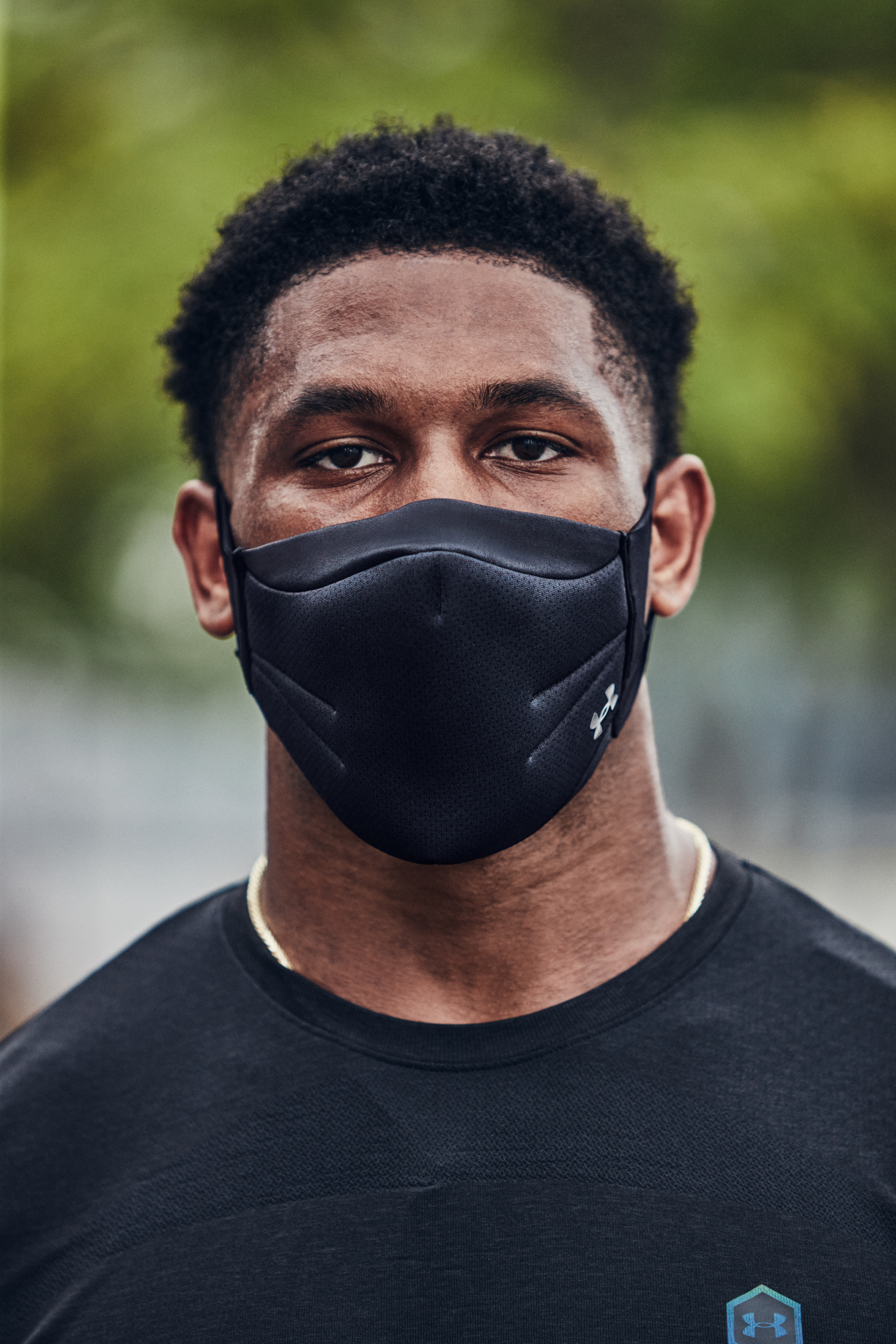

JPEG 8-bit: The standard bit depth for JPG files.If you have other needs, you can find the most popular choices via the drop-down menu (click on JPEG 8-bit) to access it. JPEG is the one you’ll probably use the most, especially for social media.

The next question you have to answer is the file type (format). Click on “create unique filename” to access the menu. Either option can be chosen via the drop-down menu below the directory box. If needed, you can select “overwrite” or “skip” as required. This is to ensure you don’t overwrite the original or another copy. This will reveal the “select directory” window where you can specify the exact location.īy default, on export, your new file will be renamed. If the default isn’t satisfactory, click the icon to the right of the box. This section lists that folder location on your internal drive. The first question you need to answer is where the exported file will be saved to. Although JPEG is the most common use to save your images, the export module offers various options based on your needs. It’s located at the bottom of the right panel. To export your images, make sure you’re in the lighttable module to access it. I’ll provide the necessary information you’ll need to know, and it will be up to you to do further research. In fact, entire books have been written on some of the options… color profiles and color spaces. That would be impossible to do in one article. However, it will not be an in-depth view of every aspect of each option. The following includes information on each feature of the export module.


 0 kommentar(er)
0 kommentar(er)
